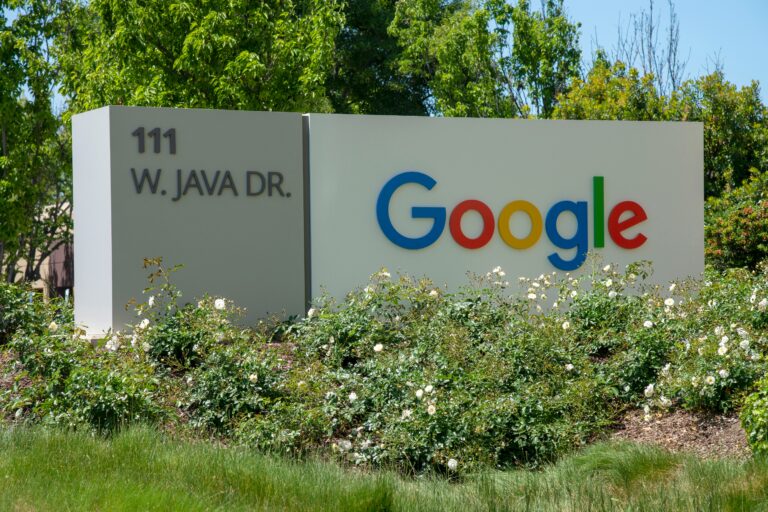Google and NASA created the “Crew Medical Officer Digital Assistant” to help astronauts and Earth-based medical crews diagnose and treat symptoms in real time. The system also provides flight surgeons with data and predictive analytics to strengthen decision-making. Early trials showed reliable diagnoses from reported symptoms, and doctors continue refining the model. The assistant offers detailed diagnoses and treatment when astronauts cannot maintain constant contact with Earth, which grows critical as NASA pursues longer missions to the Moon and Mars. Google emphasized that the tool demonstrates AI’s ability to provide essential care in extreme, remote environments.
Preparing for Deep Space Exploration
NASA plans Artemis II and III missions to return humans to the Moon for the first time since the Apollo era. These projects form a pathway toward Mars expeditions, targeted for the 2030s. Longer missions require medical systems that function independently, as astronauts will face communication delays and limited evacuation options. The Moon already presents challenges, with a 10-second delay and potential two-week evacuations. Mars missions bring harsher conditions, demanding six-month evacuations over 500 million kilometres and facing up to 40-minute communication delays.
Existing Astronaut Medical Support
Astronauts train in CPR, behavioural health, first aid, and handling illnesses like decompression sickness and carbon dioxide exposure. They also learn to use medical kits effectively. On the ISS, astronauts access a large pharmacy and equipment, and they can return to Earth for emergencies. Flight surgeons, doctors, and psychologists on Earth support astronauts before, during, and after missions. However, future Moon and Mars expeditions demand stronger onboard medical systems capable of anticipating specialist questions and reducing communication exchanges to keep crews safe.

